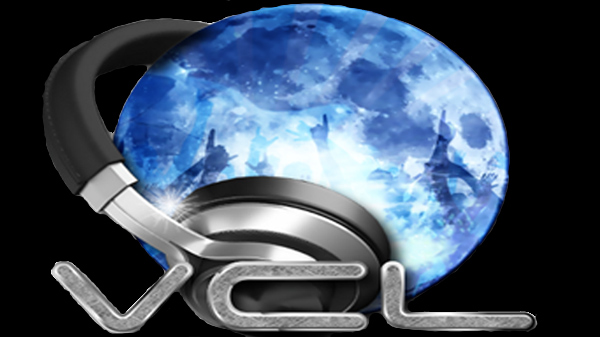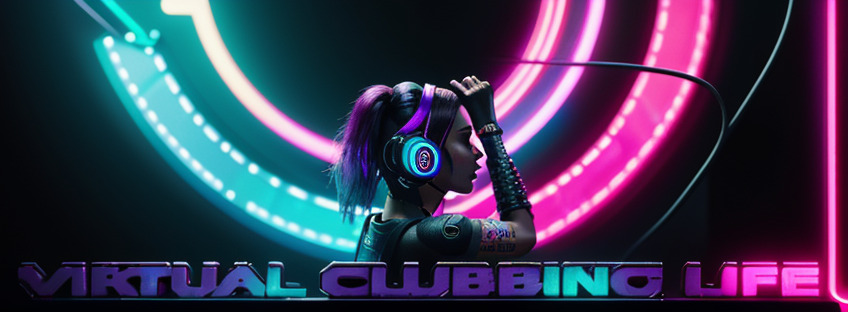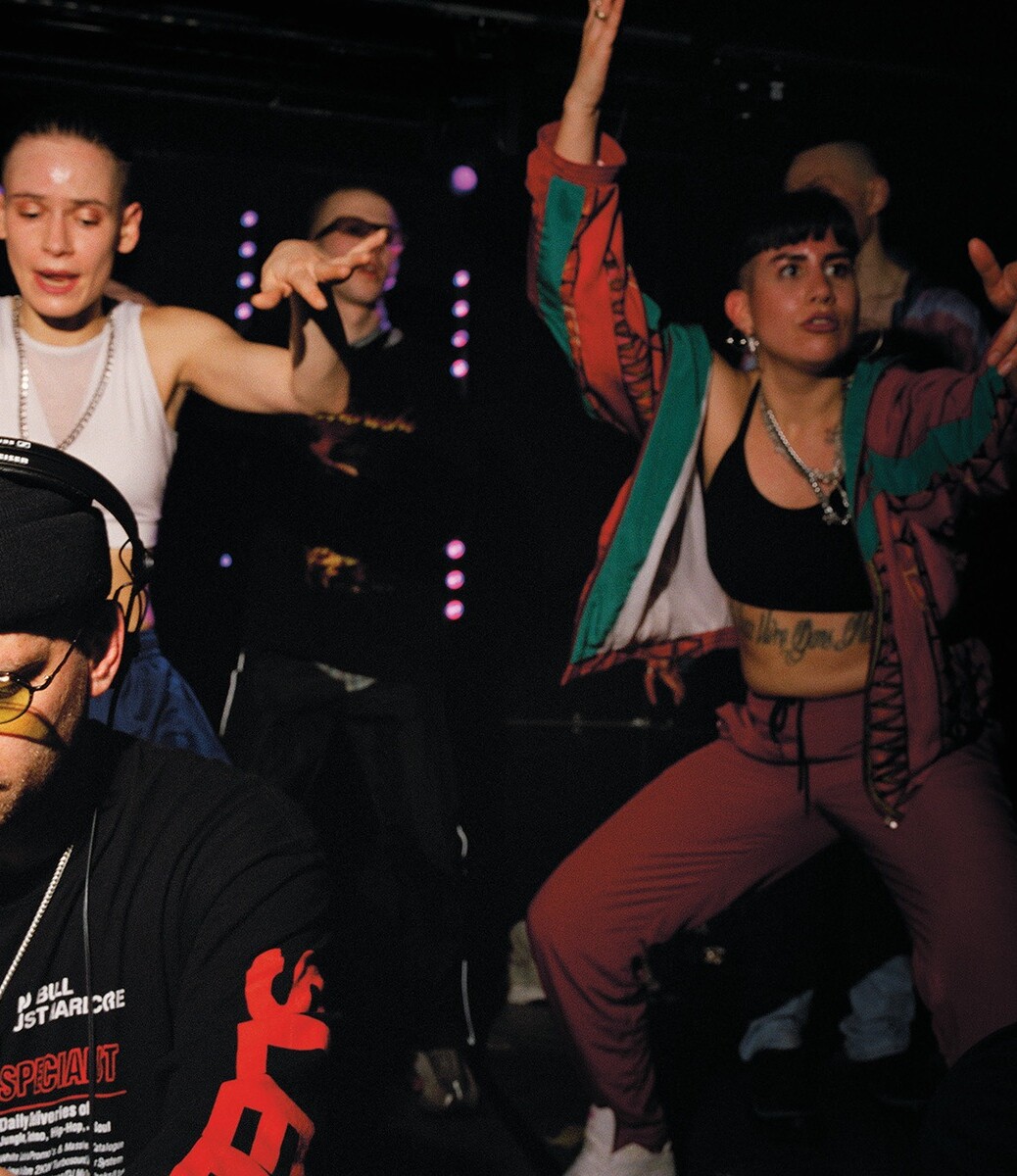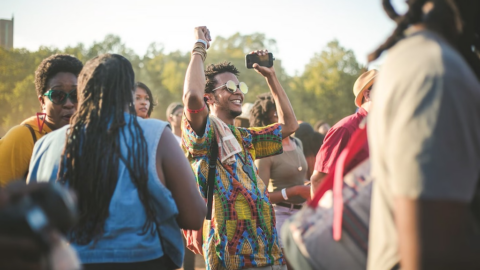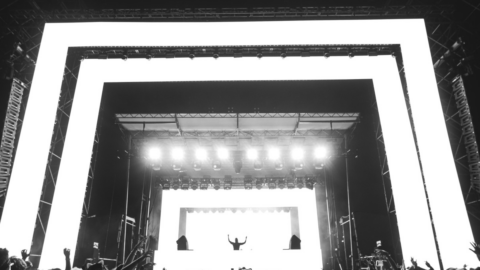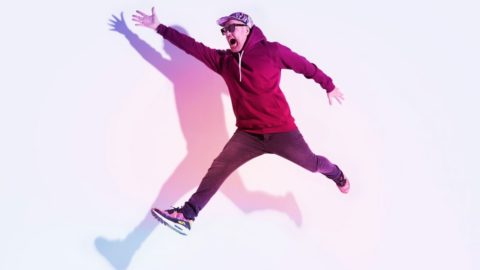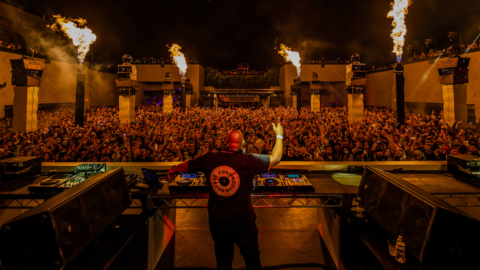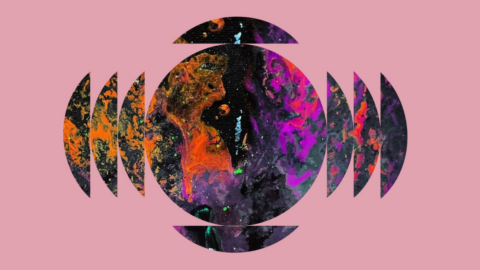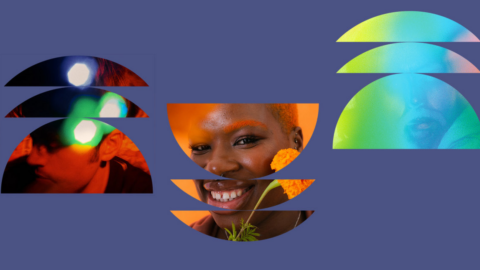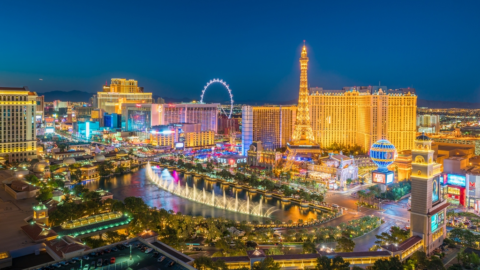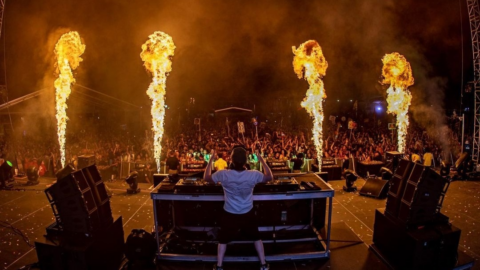In the past three decades, Electronic Dance Music (EDM) has carved out a definitive space in the global music arena. Pulsating, rhythmic, and utterly captivating, EDM has become the soundtrack for a generation. But its impact extends beyond the auditory; it has shaped dance and movement culture in several profound ways. This article will delve into the history of EDM, its influence on dance styles and how it continues to shape dance culture.
Tracing the Roots: The Evolution of EDM
The roots of EDM can be traced back to the late 1970s and early 1980s when Disco, Techno, and House music began to emerge. As technology advanced, so did the sounds and the styles being produced. Artists started experimenting with synthesizers, drum machines, and other electronic instruments, paving the way for the birth of EDM.
By the 1990s, EDM had taken a firm hold in Europe. The rave culture, characterized by large-scale parties centered around this genre, witnessed a massive surge. The turn of the millennium saw EDM catapult into the mainstream music scene, with artists like Daft Punk, The Chemical Brothers, and Moby leading the charge.
The evolution of EDM, however, was just as much about the listeners as it was about the artists. The music was created not just to be heard, but to be felt. It was a soundtrack for energetic movement, for expressive dance, and for shared experiences. Its evolution was shaped by the dance floor and the dancers who inhabited it.
Today, the EDM landscape is diverse and multifaceted. From House to Trance to Dubstep, EDM spans a plethora of sub-genres, each bringing its unique flavor to the dance floor. It continues to evolve, reflecting changing tastes and technologies, and, most importantly, the vibrant, ever-changing culture of dance and movement.
Electro Beats: The Pulse of the Dance Floor
The pulsating, rhythmic beats of EDM have become synonymous with the energy and vibrancy of the dance floor. The heavy bass lines and hypnotic beats drive dancers to move, to express, and to lose themselves in the music. This music genre is not a passive listening experience; it is an active, engaging one that demands participation.
The rhythmic structure of EDM also contributes to its power on the dance floor. The predictable build-up and drop structure keep the dancers on their toes, anticipating the energetic explosion that follows. This structure allows the dancers to connect with the music on a visceral level, understanding its ebb and flow and responding with their bodies.
How EDM is Influencing Movement and Dance Styles
EDM’s influence extends beyond the dance floor into the realm of dance styles and movement. Many of the dance styles associated with EDM, such as shuffling, jumping, and rave dancing, are based on the genre’s core elements: rhythm, energy, and freedom of expression.
These styles are not strictly choreographed; instead, they encourage improvisation and individuality. The music serves as a platform, a canvas if you will, upon which dancers can explore movement and expression. EDM has led to the birth of new dance styles, and it continues to inspire dancers to push the boundaries of traditional dance norms.
EDM has also influenced the fitness industry. Dance-based workout formats like Zumba incorporate EDM tracks in their routines, harnessing the genre’s energy to create high-intensity workouts. This trend reflects the symbiotic relationship between EDM and movement, where one inspires, and is inspired by the other.
Shaping the Future: EDM’s Impact on Dance Culture
With its roots firmly planted in dance and movement culture, EDM continues to shape the future of this arena. As the genre evolves, so does its impact on dance styles, dance spaces, and the very way we perceive and experience dance.
EDM has democratized dance, tearing down the walls of traditional dance spaces and creating inclusive environments where everyone is invited to move and express themselves. The rave culture associated with EDM is characterized by unity and acceptance, principles that are slowly permeating mainstream dance culture.
Moreover, EDM festivals and events have become cultural phenomena, drawing crowds in the hundreds of thousands. These events are much more than music concerts; they are celebrations of dance and movement, where the music and the dancers are equally important. They are shaping the way we consume music and dance, creating immersive experiences that blend auditory and physical enjoyment.
In conclusion, EDM has left an indelible mark on dance and movement culture. Its pulsating beats and energetic vibe have influenced and shaped dance styles, created new movement experiences, and transformed the way we consume music and dance. As it continues to evolve, so will its impact on dance culture. EDM and dance are inextricably linked, each shaping and being shaped by the other in a vibrant cycle of creativity and expression. The story of EDM is, at its heart, a story of dance and movement. A story that continues to unfold, one beat at a time.
Tags: Culture dance edm